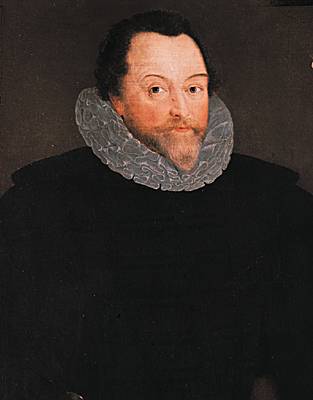Wrecks that promise to unlock the mystery of Francis Drake's final resting place
- On 30/10/2011
- In Underwater Archeology
- 0 comments

By Philip Sherwell - The Telegraph
Newly-discovered wrecks off the coast of Panama are believed to be the first physical remains found of the ships of Sir Francis Drake. Philip Sherwell joined the divers searching for his final resting place.
Seen through a diver's mask, the wooden ribs of the two vessels fan across the seabed like the carcasses of animals stripped bare.
Lying in the warm, shallow waters of the Caribbean, the ancient timbers almost certainly date back more than four centuries to the voyages of one of England's great seafaring heroes.
These newly-discovered wrecks are believed to be the first physical remains found of the ships of Sir Francis Drake, scourge of the Spanish and the first Englishman to circumnavigate the globe.
The discovery, off Portobelo in modern-day Panama, was made after a complex maritime detective operation that began in archives in London and was completed deploying the latest in British underwater technology.
Now, after a breakthrough that one of the team behind the project compares to finding the Titanic wreck, they are hoping to locate the final resting place of Drake himself.
The hero of the Armada died of dysentery in 1596, and his body - in a full suit of armour and lead-lined coffin - is known to have been laid to rest near the ships, which were scuttled shortly afterwards to prevent them falling into Spanish hands.
The Sunday Telegraph was granted exclusive access to the mission that is being conducted from the aptly-named Pirate's Cove by Deeptrek, a British-run subsea exploration company, working for the site's permit holder, IMDI Eco Olas.
Off a coastline of sheltered bays and malarial jungle, the waters here once teemed with Spanish and British fleets and pirates and privateers, all fighting for a share of plunder from the treasures of the New World.
So it is a thrilling sensation to look through a diving mask at what is very probably English oak hammered together in an Elizabethan shipyard in the late 1500s, at the height of the Crown's battles for maritime supremacy with Spain.
"To find two such vessels is very special," said James Sinclair, the team's marine archaeologist, as we bobbed above the wrecks between a rocky outcrop and headland long denoted on maps as Drake's Island and Drake's Point.
Add a comment